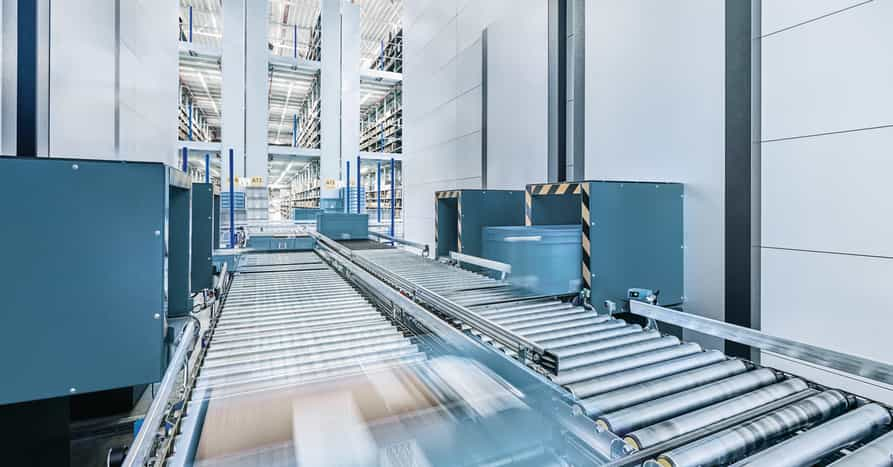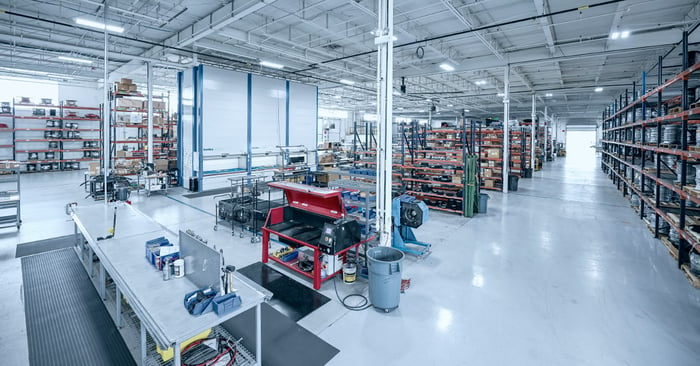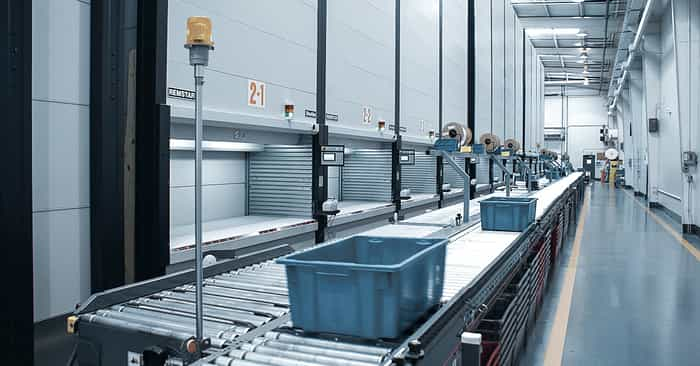E-commerce and retail fulfillment operations have to pull together all the different items associated with a single order prior to packaging and shipping. The recipient will be inconvenienced (at best) or upset (at worst) if something is missing or incorrect.
In order fulfillment, many operations first transition to a parallel, zoned picking process to maximize each individual picker’s productivity. This minimizes travel and speeds order picking, as associates are stationed within a given zone of a warehouse. They pick only from the SKUs stored in that zone, then place each pick in a tote transported by conveyor or cart to meet up with other zoned picks in an order consolidation area. This approach:
- Speeds up picking because multiple orders can be filled at one time.
- Decreases shipping costs by allowing multiple items to be packaged together into one parcel instead of several.
- Allows an associate in the order consolidation area to look over the order one last time and confirm that it is complete.
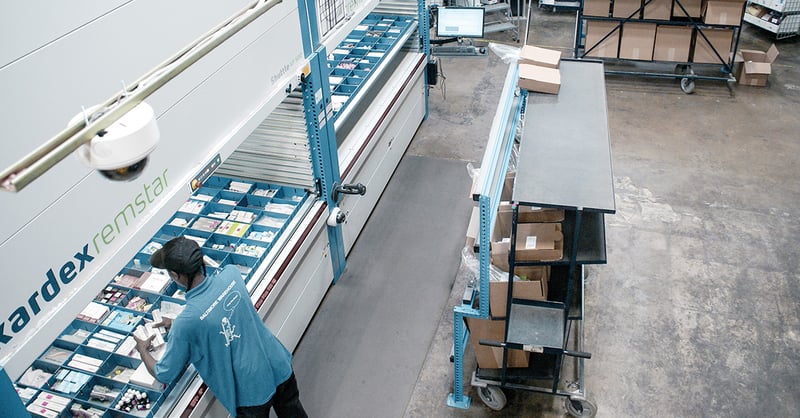
Once the different products required of each order are picked, however, the challenge begins: assembling the orders in an efficient, accurate, and fast manner. To truly maximize zoned picking, a thoughtful consolidation area is key. This
area needs to be carefully designed to handle spikes in demand while optimizing both space and productivity.
While it’s important to consider the order consolidation area as its own zone, many operations don’t make this area as efficient as it could be. Frequently, this zone takes up considerable floor space, labor and capital. That’s either because the systems used are comprised of either static, shelf-based systems spread across an enormous amount of square footage—and their contents must be tracked and located manually—or highly automated sortation systems that, while fast and accurate, aren’t always cost effective.
One practical approach is to use and automated storage and retrieval solution - such as Vertical Buffer Modules, Vertical Lift Modules, Vertical Carousel Modules or Horizontal Carousel Modules traditionally known for fast goods to man order picking, as the foundation of an order consolidation system. These high-density automated storage and retrieval units can hold much more waiting inventory in a smaller footprint than static shelving at a far more affordable price point than highly automated systems. Combined with order consolidation software and light-directed pick technology, these automated storage systems can deliver an ideal balance of cost, space and productivity when temporarily storing items awaiting additional picks prior to shipping.
With automation, the order consolidation process looks like this:
- Individual items picked from multiple zones within a facility arrive at consolidation in reusable totes via conveyor or pick cart.
- Upon arrival at consolidation, an operator scans the tote’s license plate. Directed by the inventory management software, the operator moves the tote into the automated storage device and confirms placement by pressing the confirmation button.
- The operator then turns back to the consolidation arrival point to scan and move the next partial order tote into a location within the automated storage device as directed by the inventory management software.
- The process continues and the automated order consolidation system holds multiple partial orders until remaining items arrive. Directed by the inventory management software, multiple totes for one order are stored in close proximity within the automated storage device for easy retrieval.
- When all items for the order are stored in the consolidation buffer, the host system directs the inventory management software to retrieve the order. The inventory management software retrieves and delivers the partial order totes in a sequence as directed by the host system to the operator. The operator retrieves the partial order totes and delivers them to packing and shipping.
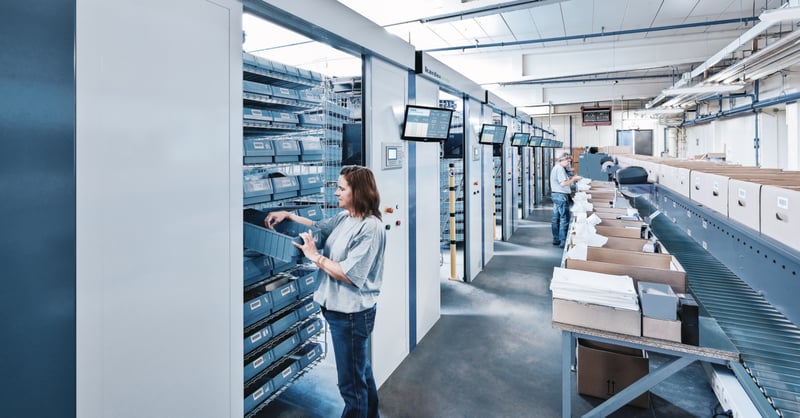
Interestingly, if an order consolidation system using automated storage technology is working well, the actual storage devices themselves are rarely completely filled. Rather, the operation’s order fulfillment software distributes the picks in a way that ensures the items arrive at order consolidation within 30 to 60 minutes of each other. Otherwise, the overall zoned picking process is not as efficient as it could be and further analysis (and possible restructuring of zones) should be considered.
In addition to creating a fast, efficient and accurate way to buffer order totes in a reduced footprint, the automated storage technology can be easily scaled up as business expands.

